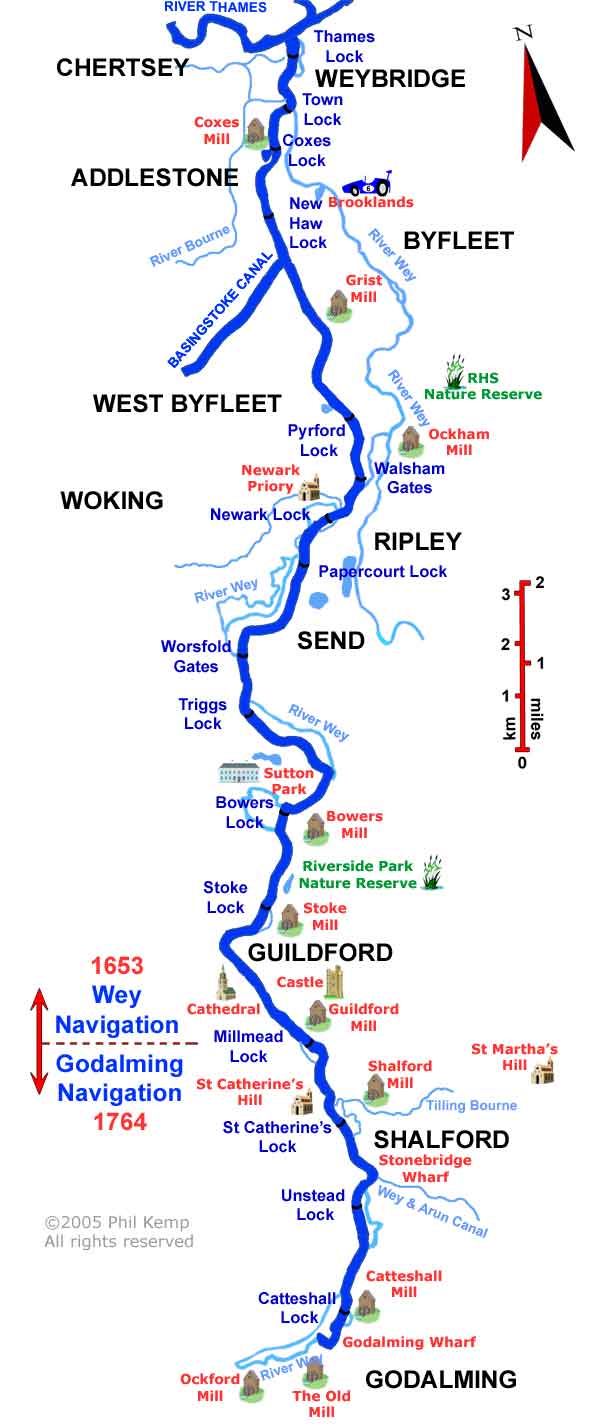The writer Alastair Humphreys has recently coined the term microadventure to label a new philosophy about having an adventure.
'... you do not need to fly to the other side of the planet to undertake an expedition. You do not need to be an elite athlete, expertly trained or rich to have an adventure.
I believe that adventure is about stretching yourself: mentally, physically or culturally. It is about doing what you do not normally do, pushing yourself hard and doing it to the best of your ability.
If that is true then adventure is all around us, at all times. Adventure is accessible to normal people, in normal places, in short segments of time and without having to spend much money.'
So he advocates simple expeditions and challenges that are close to home. Examples are driving to a nearby hill, finding an wood away from housing and sleeping the night in a bivvy bag. He even decided as a challenge to walk round the M25 London radial road system with a friend, staying the night out in the open each night.
Some would say this is eccentric, even mad. But I have been pondering the nature of eccentricity. Take commuting to work, for example; I have travelled on the same train route in London about 10,000 times in the last 28 years, including there and back. Nothing much happened. It is true once I nearly got mugged and evaded my mugging mainly due to the stupidity of the muggers. But nothing much else happened for 10,000 times and this was my most exciting experience. So does it strike people as odd that I should do such a repetitive and uninteresting activity so frequently and for so many years? not really... perhaps it should... and also in comparison, why is it so strange to create a sense of adventure by sleeping under the stars and trees in a wood for a night in the South of England?
Of course, there are answers to this question, but I think Alastair has some good things to say as he articulated the reasons to do microadventuring and for me to be rowing round the south coast of England, or even across Ireland in a 11.5 foot sailing dinghy.
Armed with these thoughts on a cold December day with the light was fading I set off from Queenborough in the Medway Estuary in search of Deadman's Island.
PicoMicroYacht was laden up with two dry bags, with a tent and a cooker, and my laptop for writing. The plan was to stay the night on Deadman's Island and blog from there.
PicoMicroYacht was laden up with two dry bags, with a tent and a cooker, and my laptop for writing. The plan was to stay the night on Deadman's Island and blog from there.
The Queenborough pontoons with the cranes on the Isle of Grain behind
As I set off, a local man commented roughly but kindly 'you will ..... freeze to death out there.'
The leaden water began to ruffle as I looked out towards the Medway entrance
The name Deadman's island sounds as if it is from a film about pirates, but it came about because an outbreak of plaque in the Baltic Sea ports led to a designated quarantine site for cargo ships that were sailing to London in 1712.
Those quarantined stayed on ships in the proximal Shepherds Creek and many who died were buried on the island.
Also, in the 19th Century, prison ships were moored there and dead prisoners were buried.
I tried to photograph the creeks and the posts that lined it, previously used to help moor ships. However, my hand was not steady enough.
Reaching the centre of Shepherd's creek, I rowed around for a while trying to find a landing area, but getting lost in the small subsidiary creeks. The tide was beginning to recede and it had got dark - it felt like pitch black in the creek.
As I looked back I saw a freighter gliding along down the West Swale, onward into the Thames Estuary, camouflaged by the shore lights.
Reaching the centre of Shepherd's creek, I rowed around for a while trying to find a landing area, but getting lost in the small subsidiary creeks. The tide was beginning to recede and it had got dark - it felt like pitch black in the creek.
As I looked back I saw a freighter gliding along down the West Swale, onward into the Thames Estuary, camouflaged by the shore lights.
I had to admit defeat and return back to Queenborough, but already I had experienced a PicoMicroAdventure even without staying the night on the island.






















































